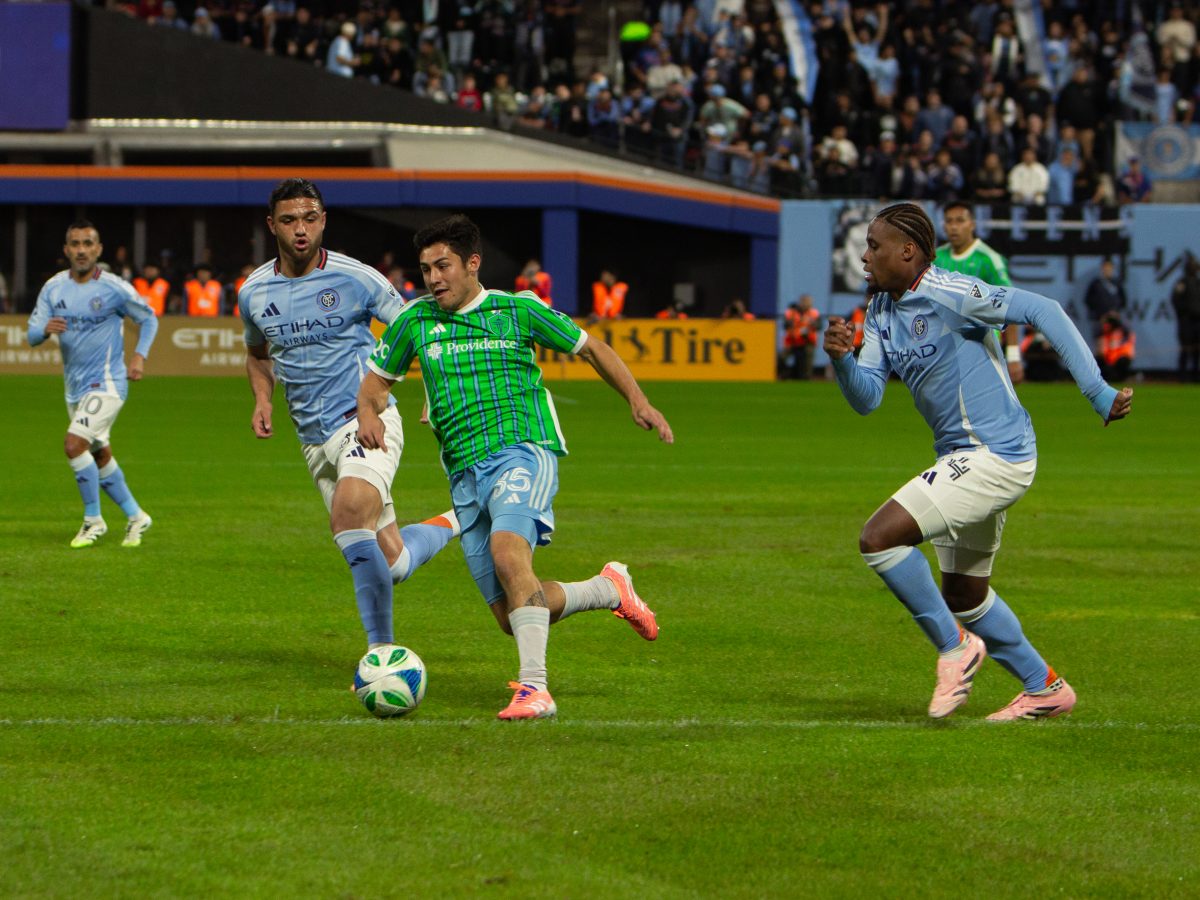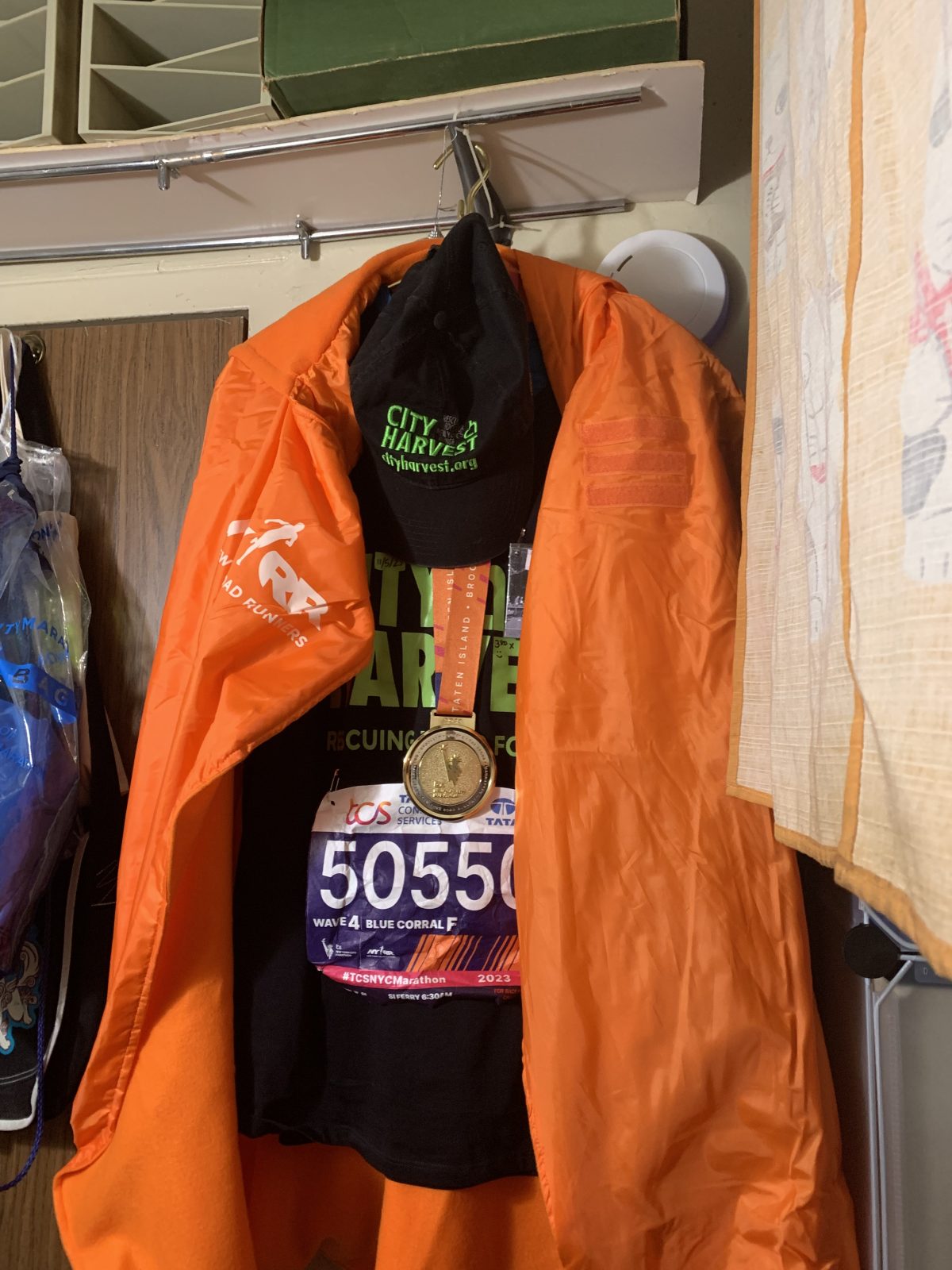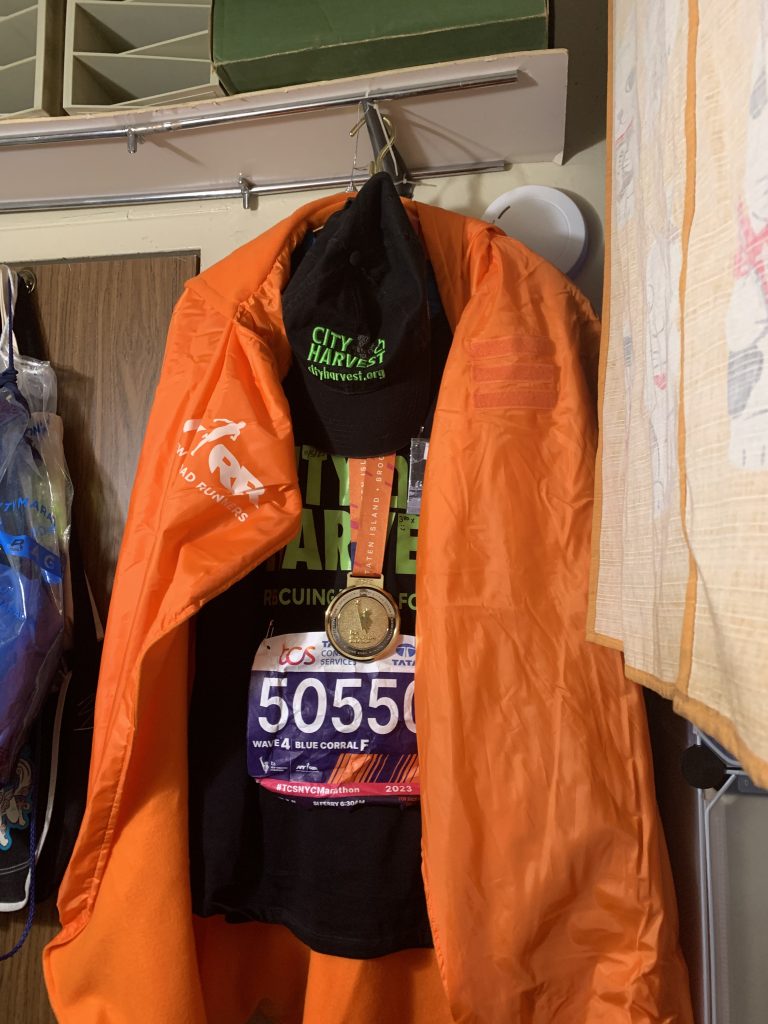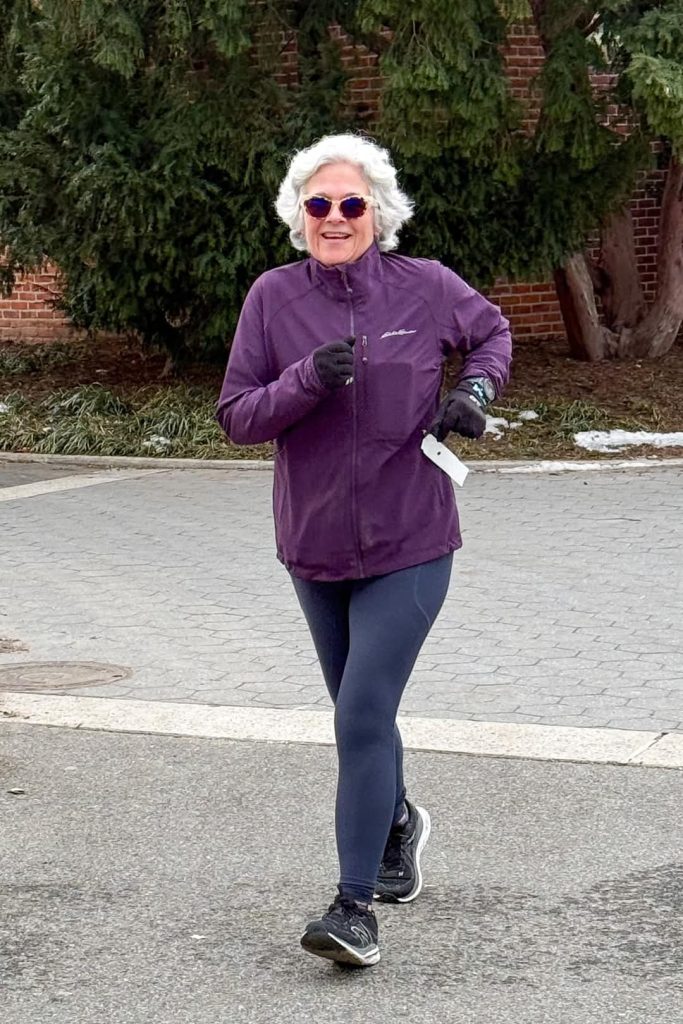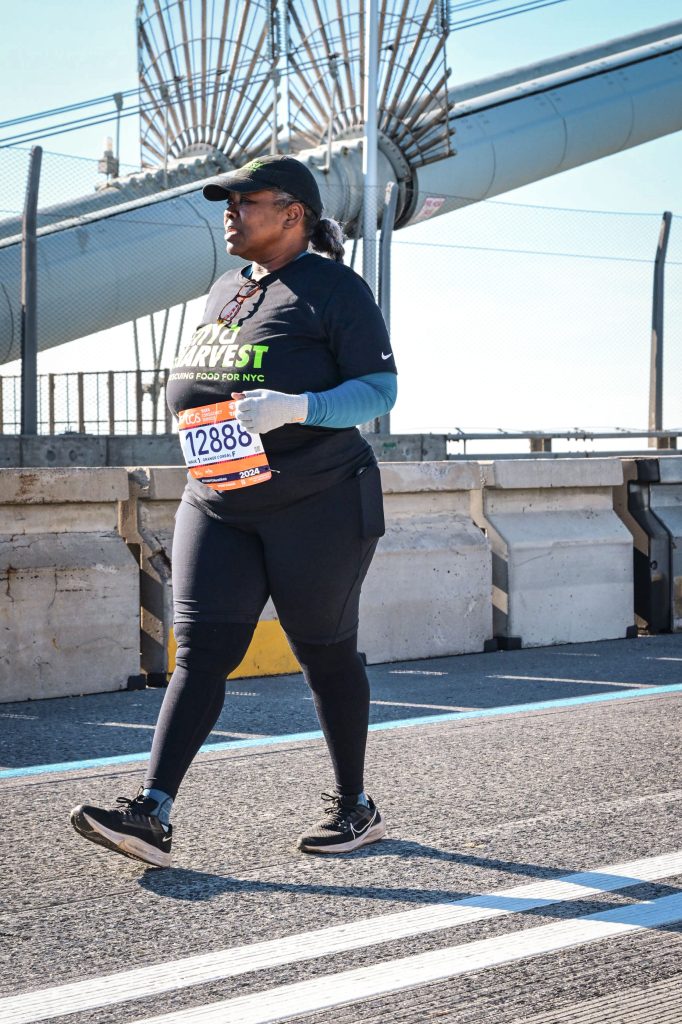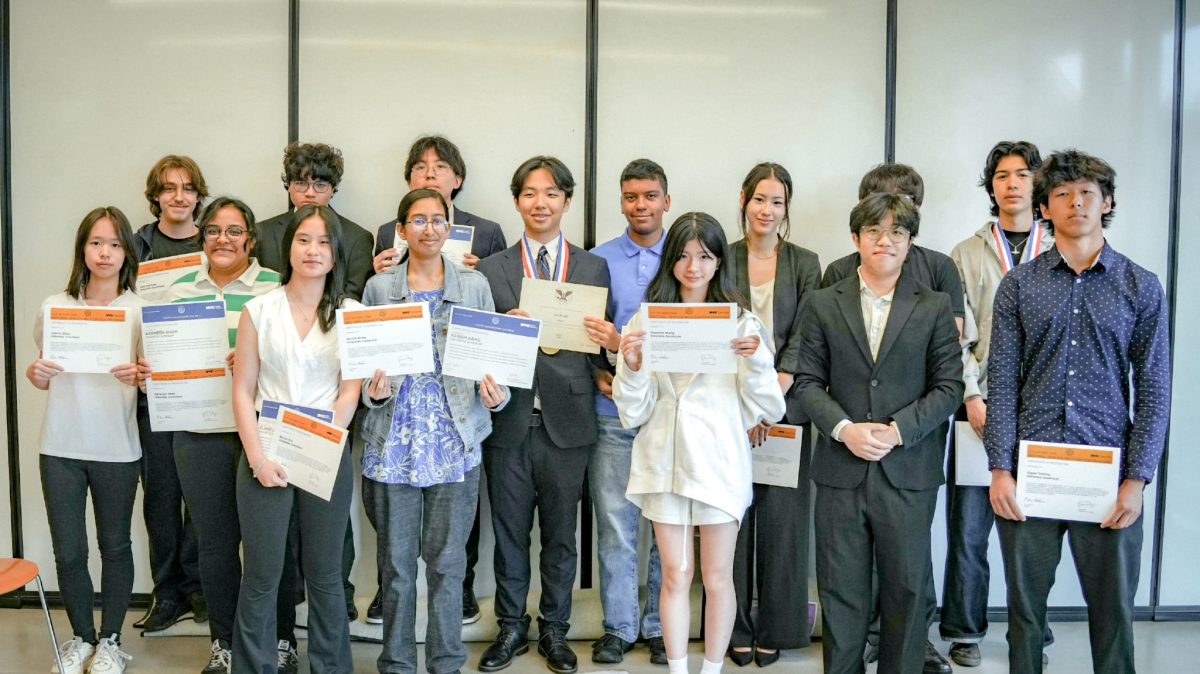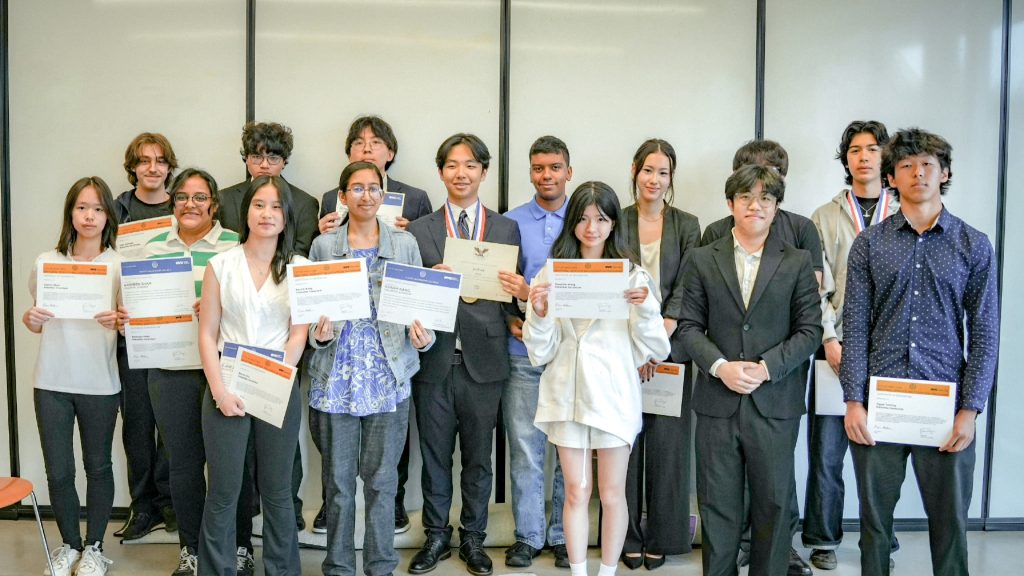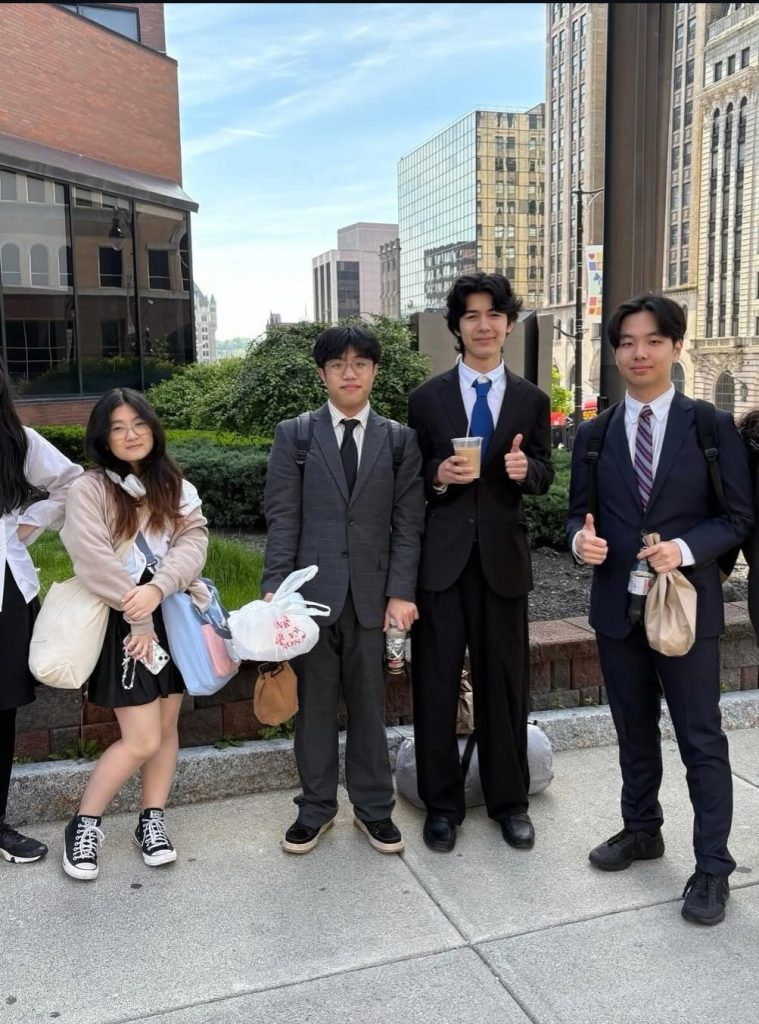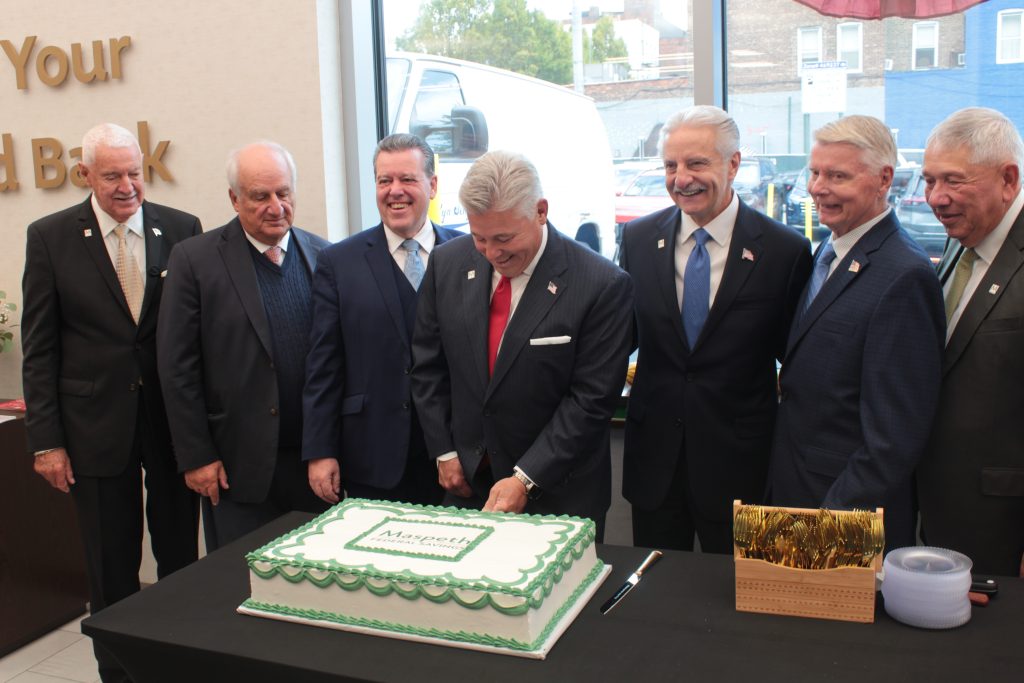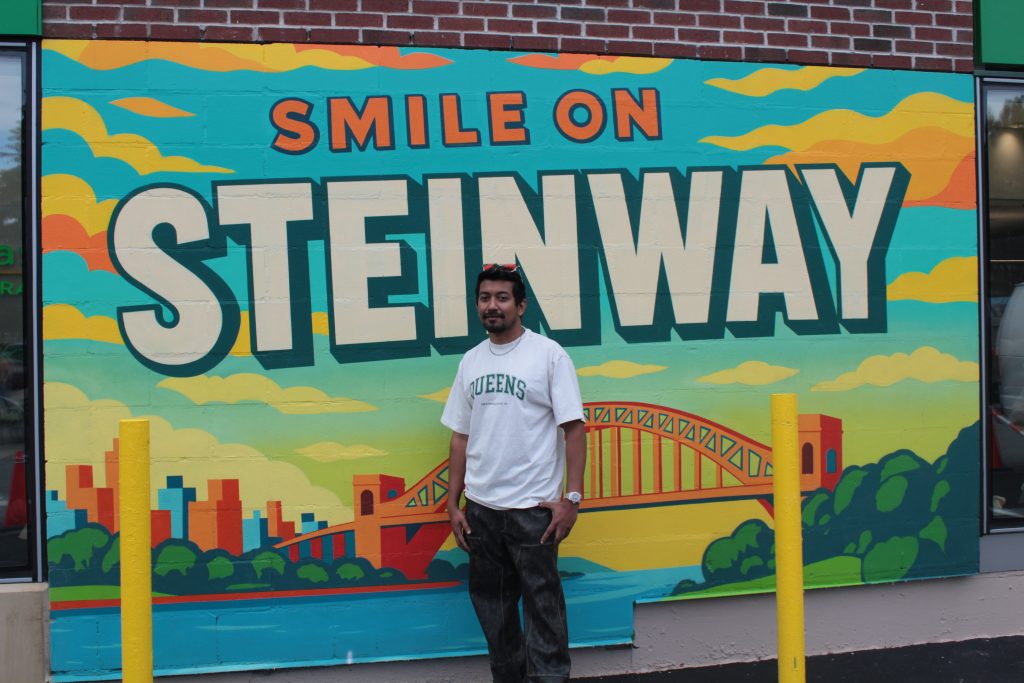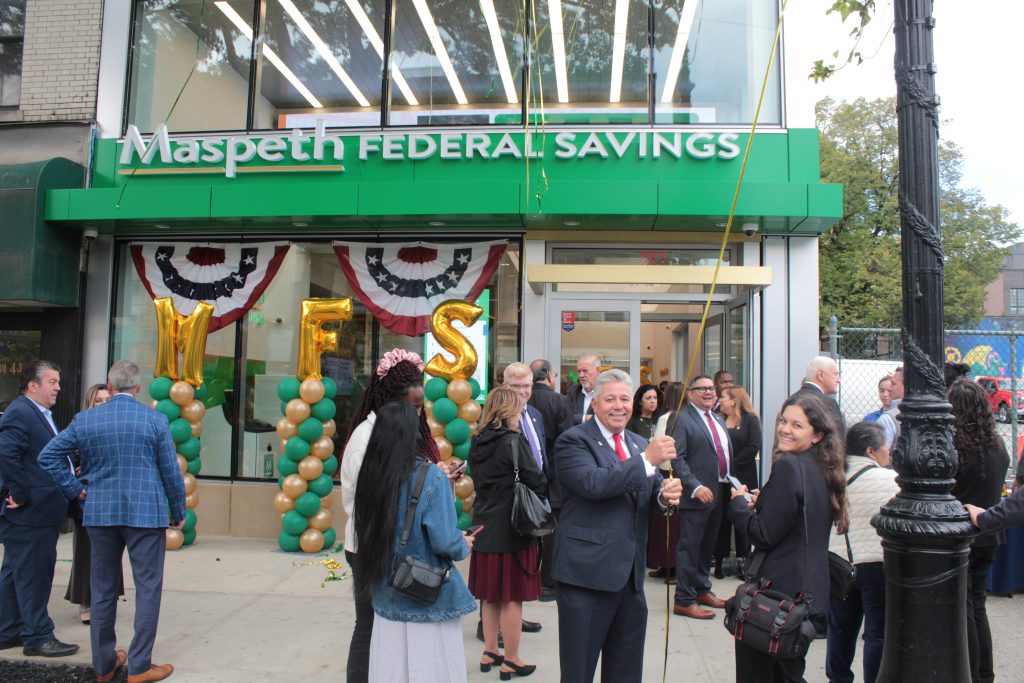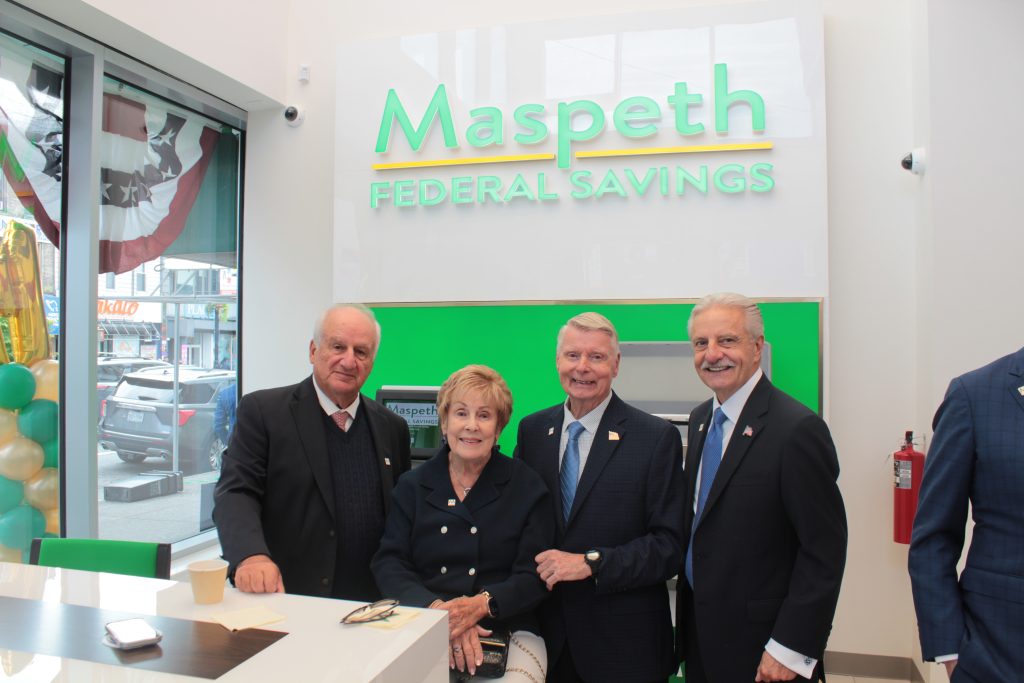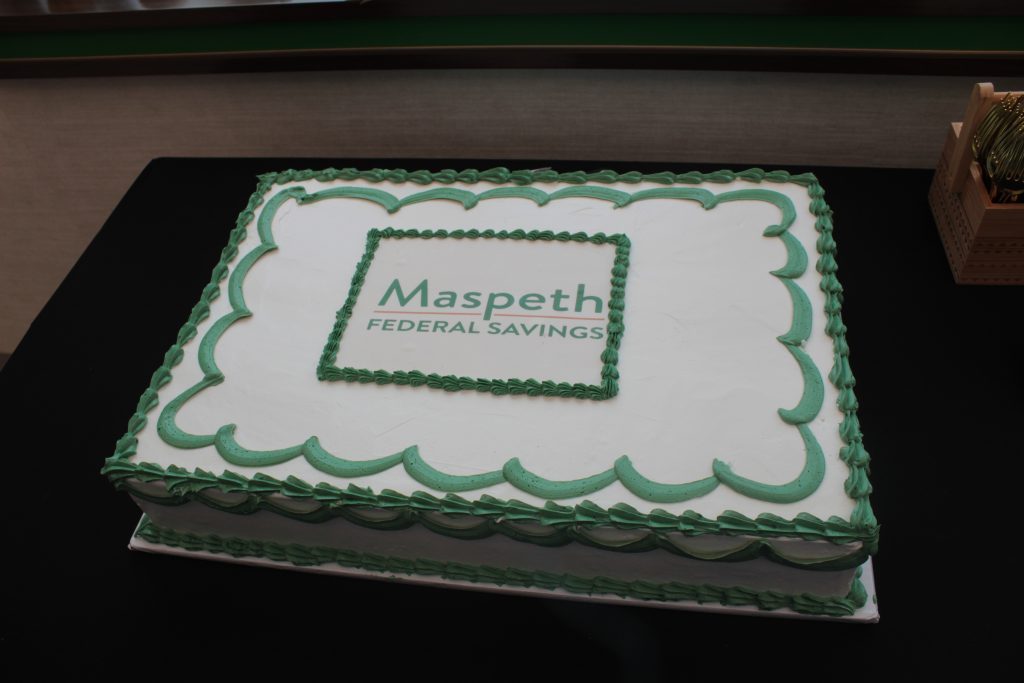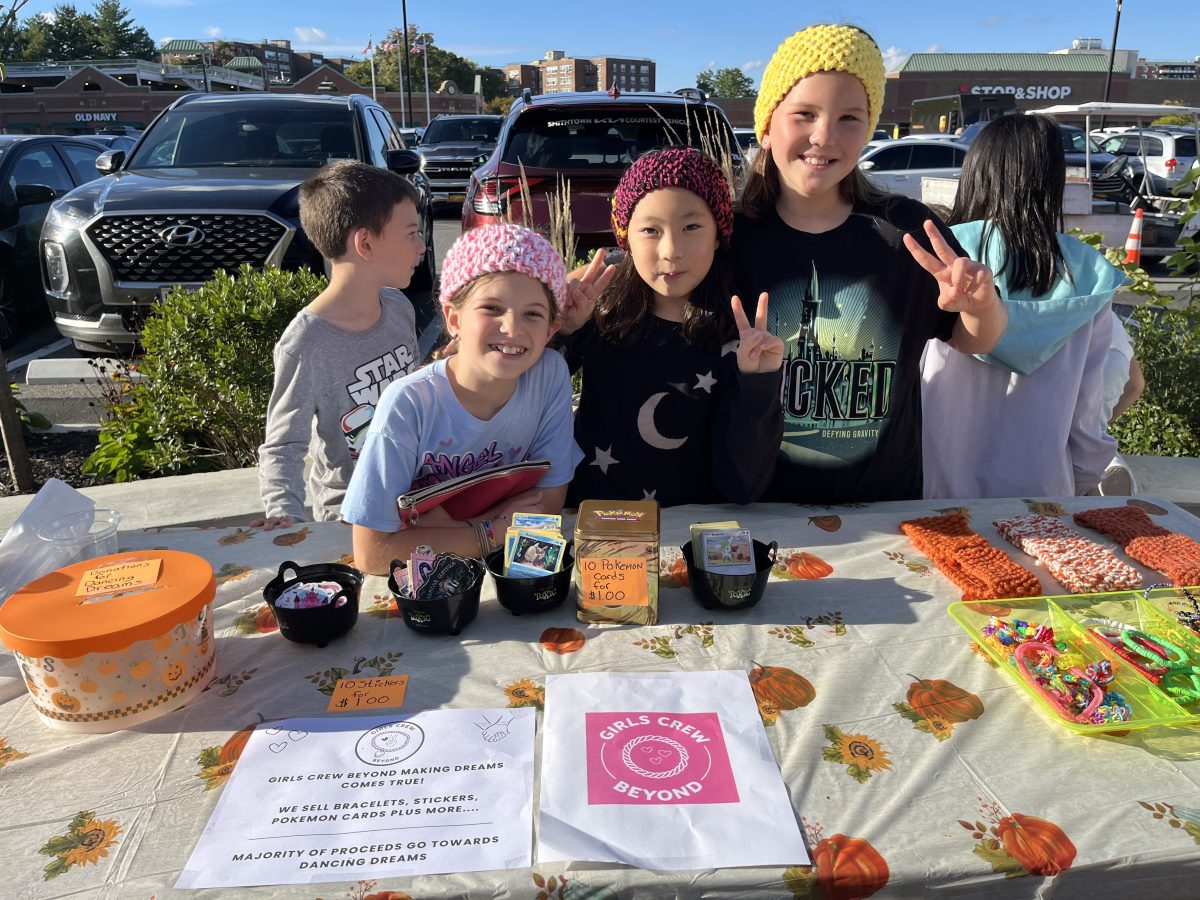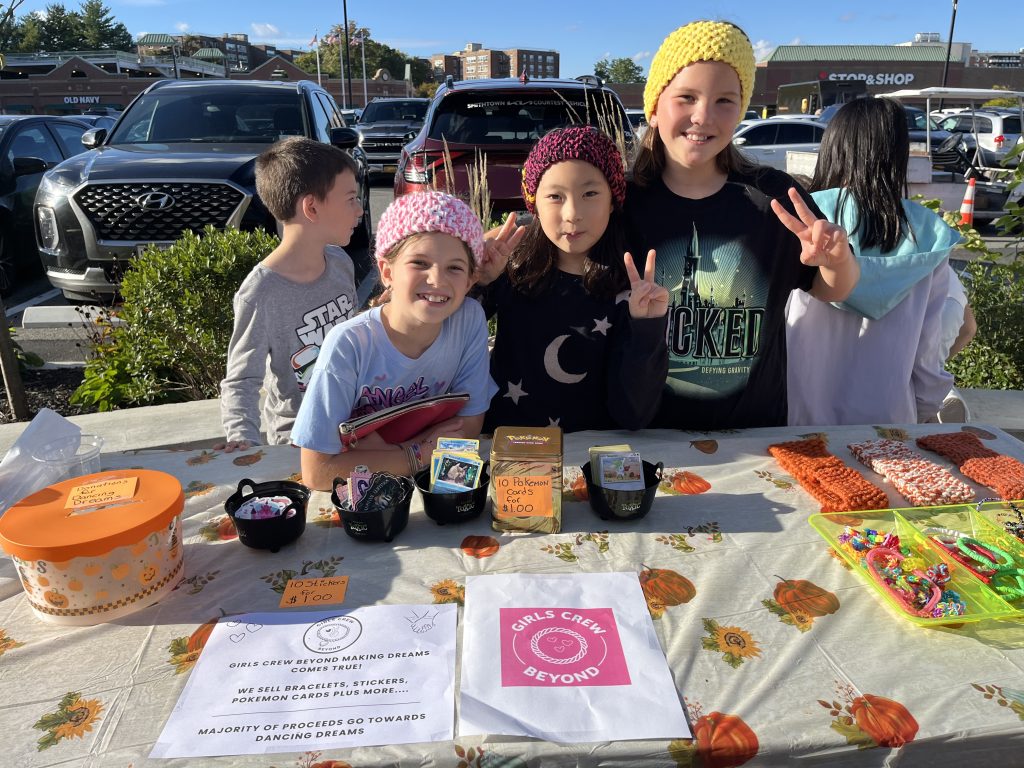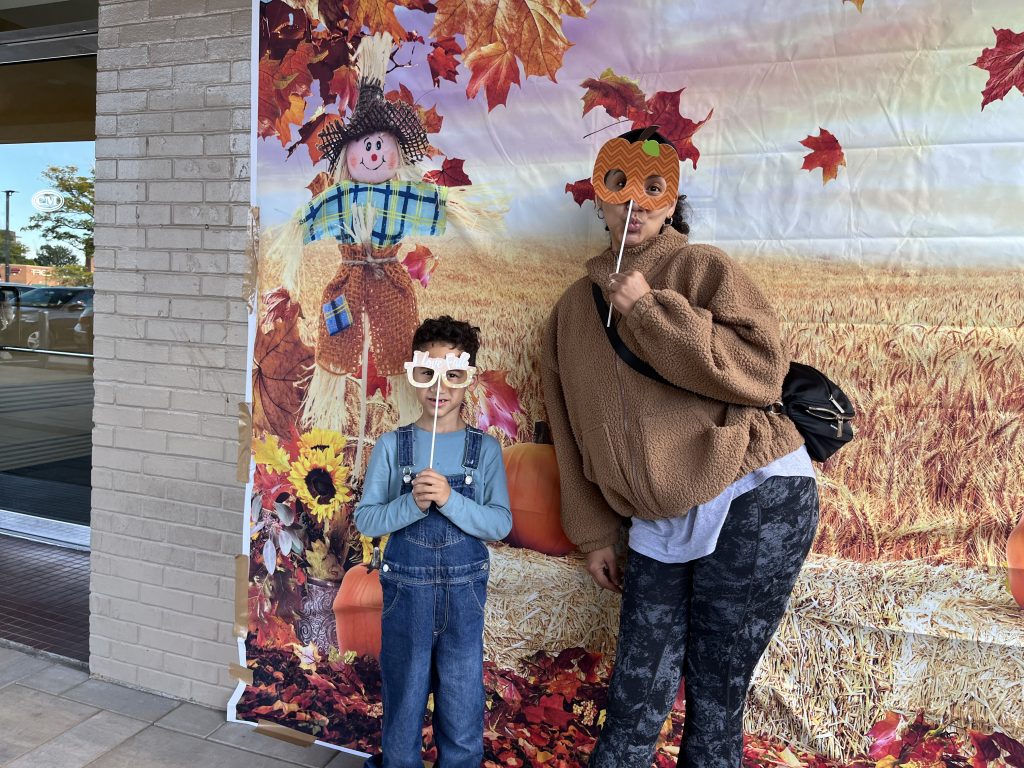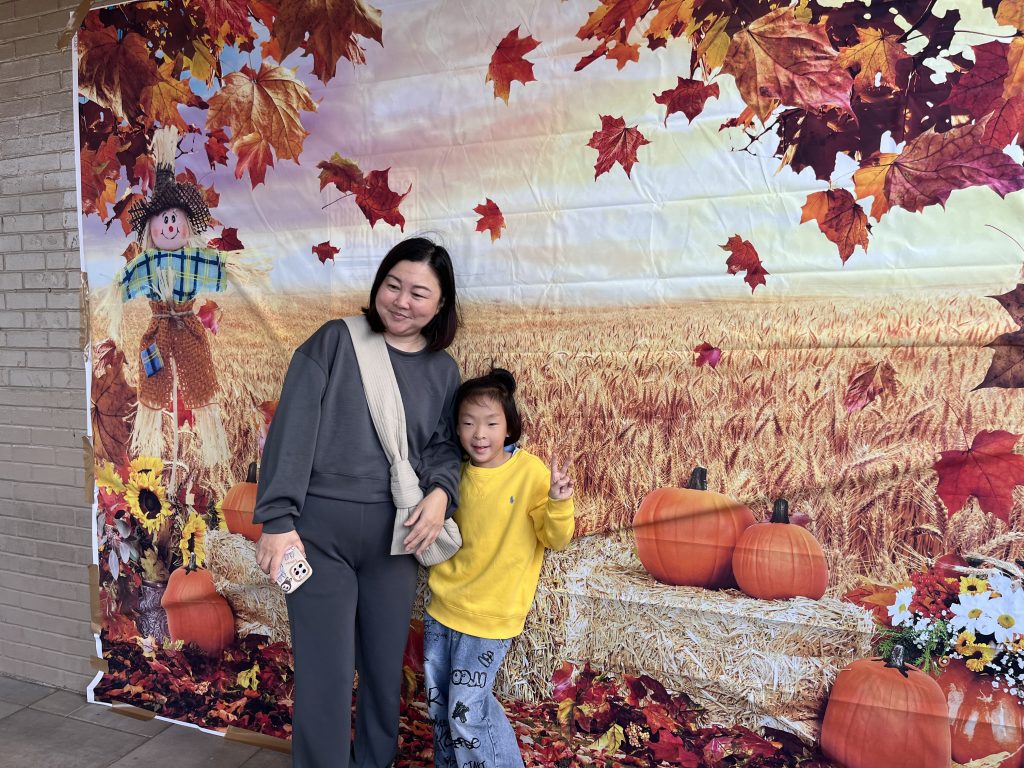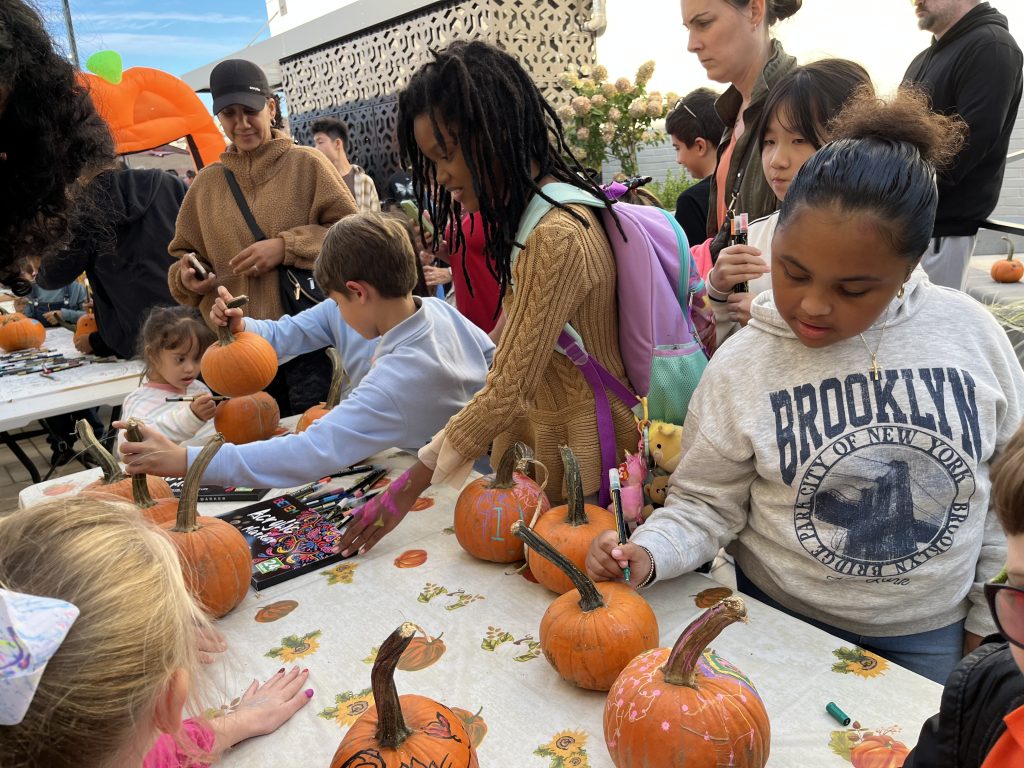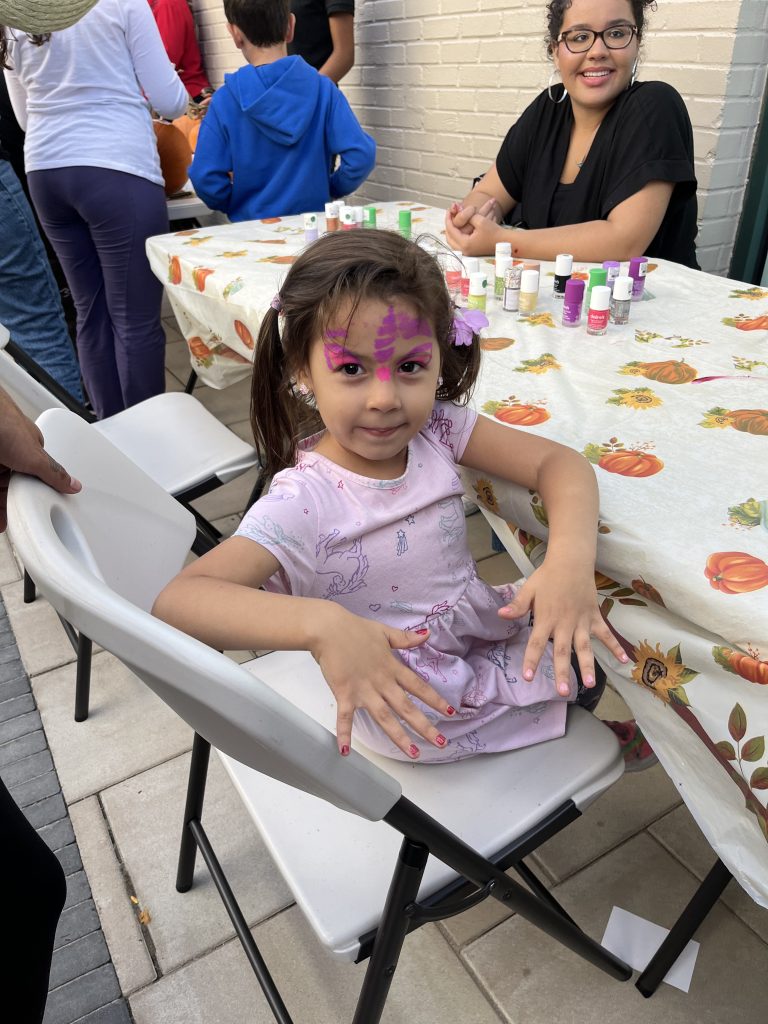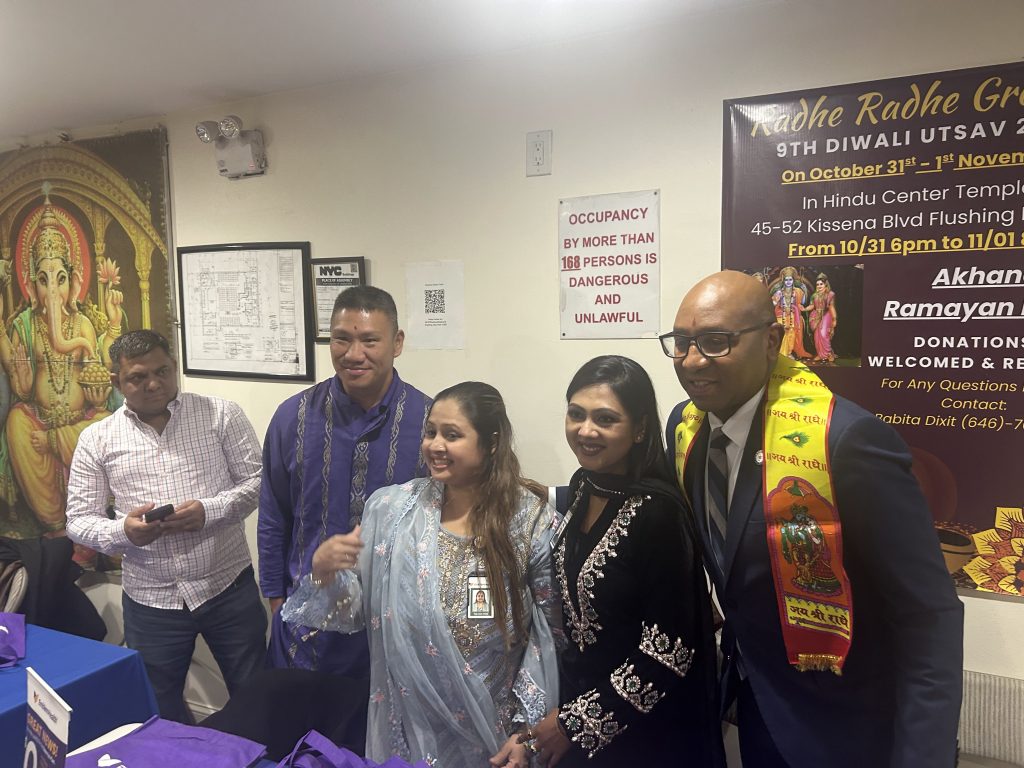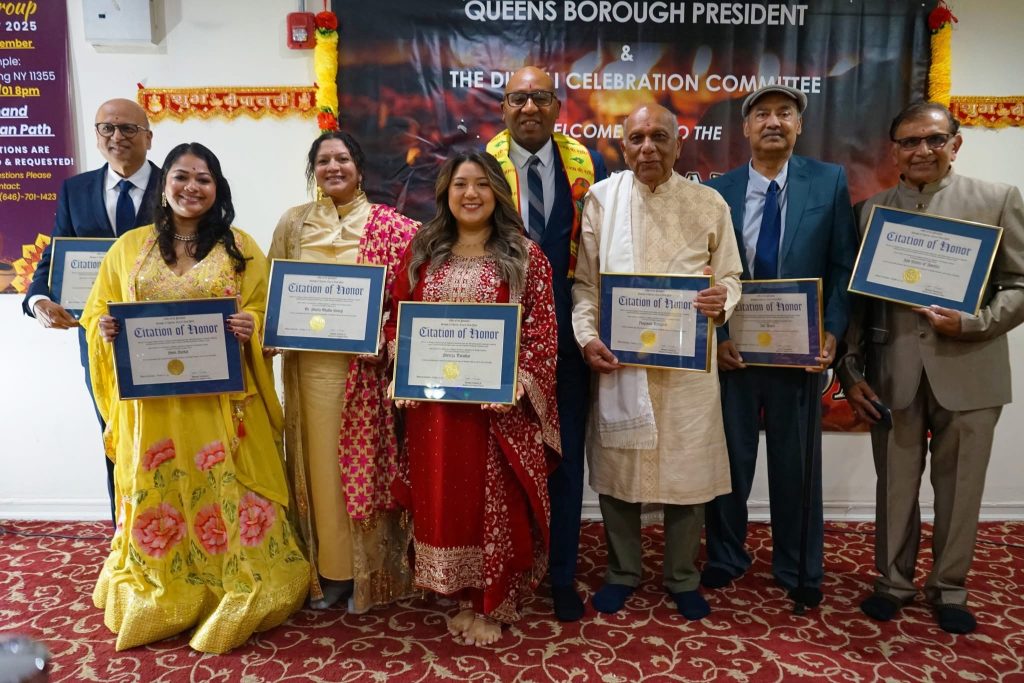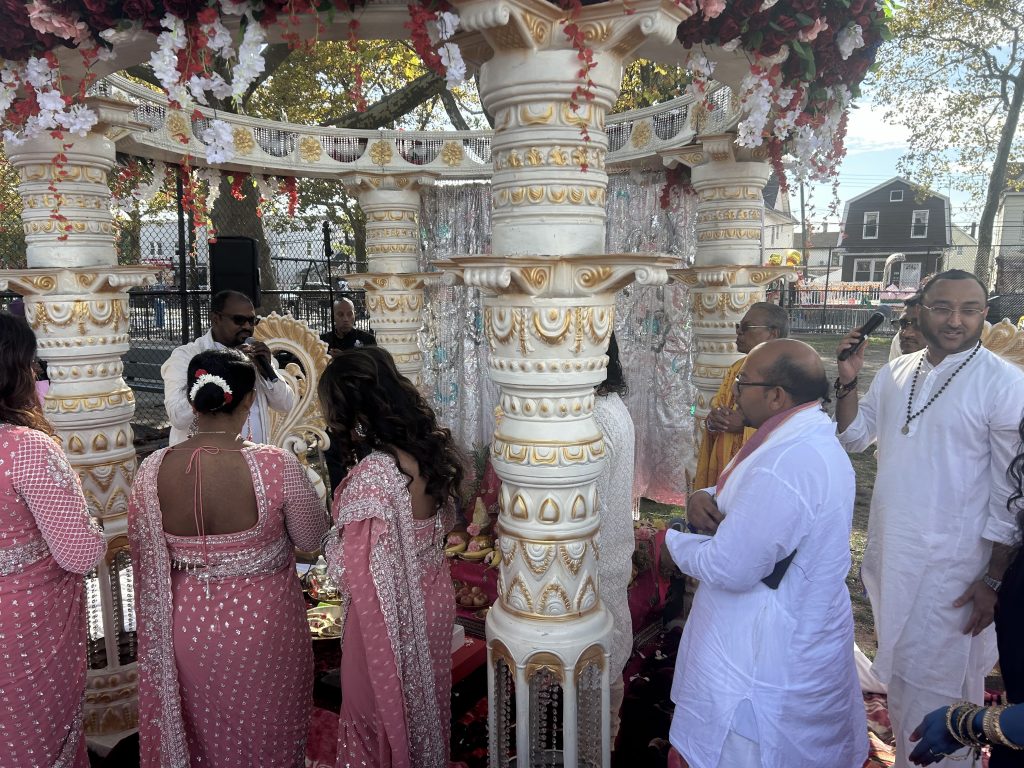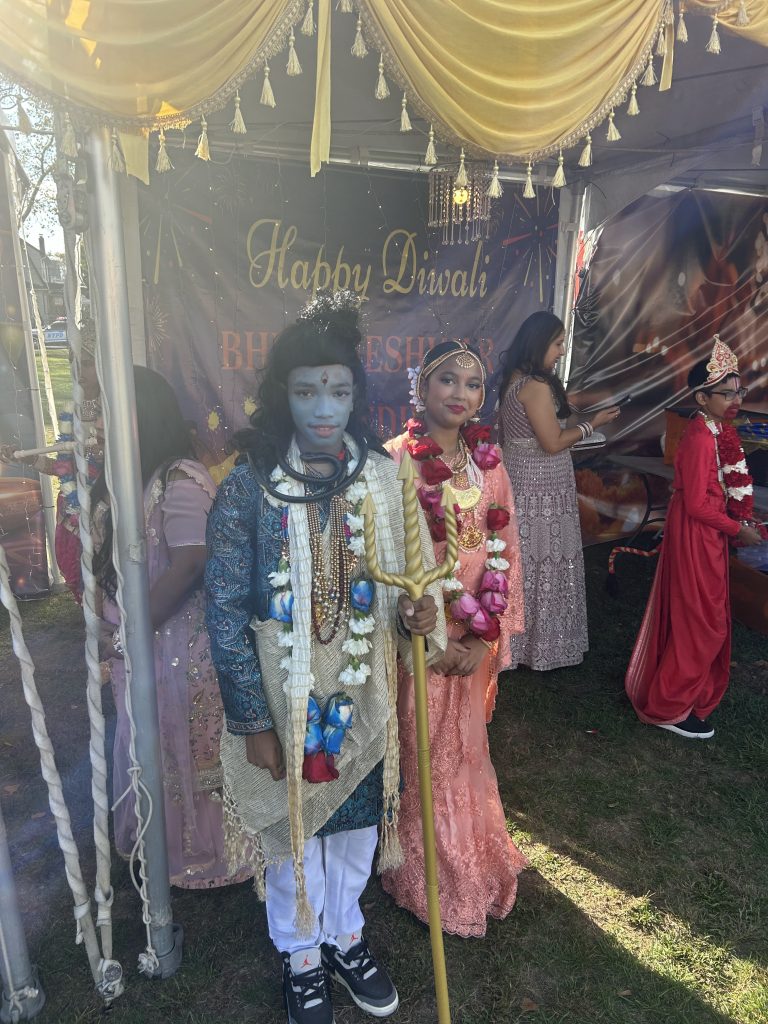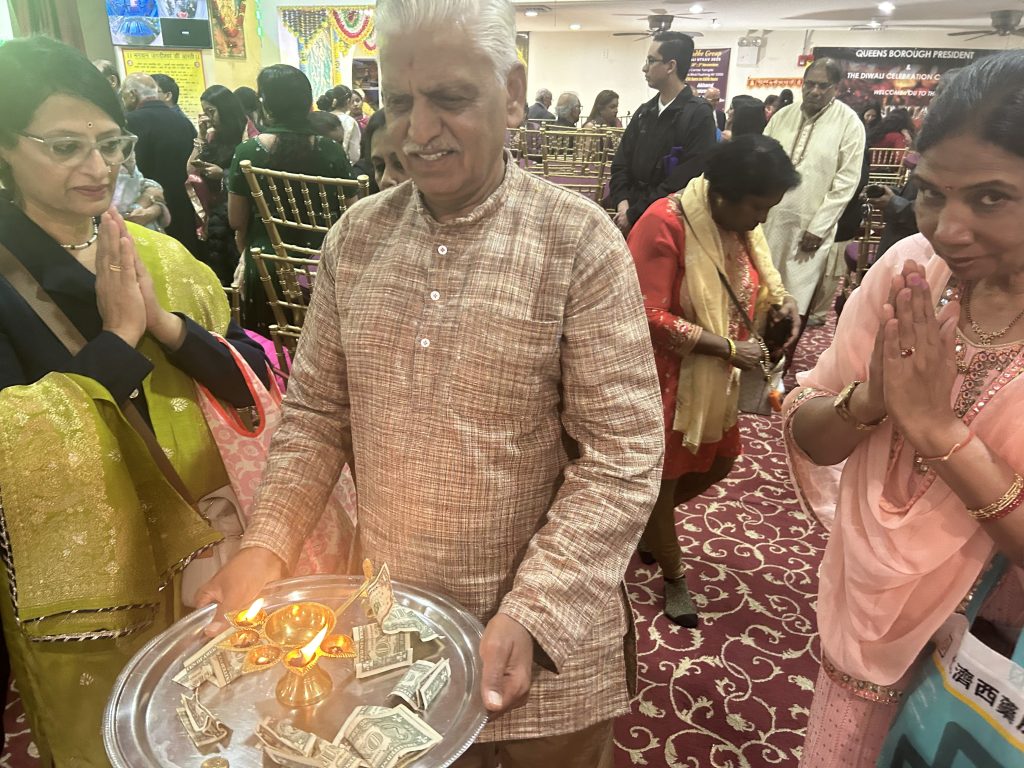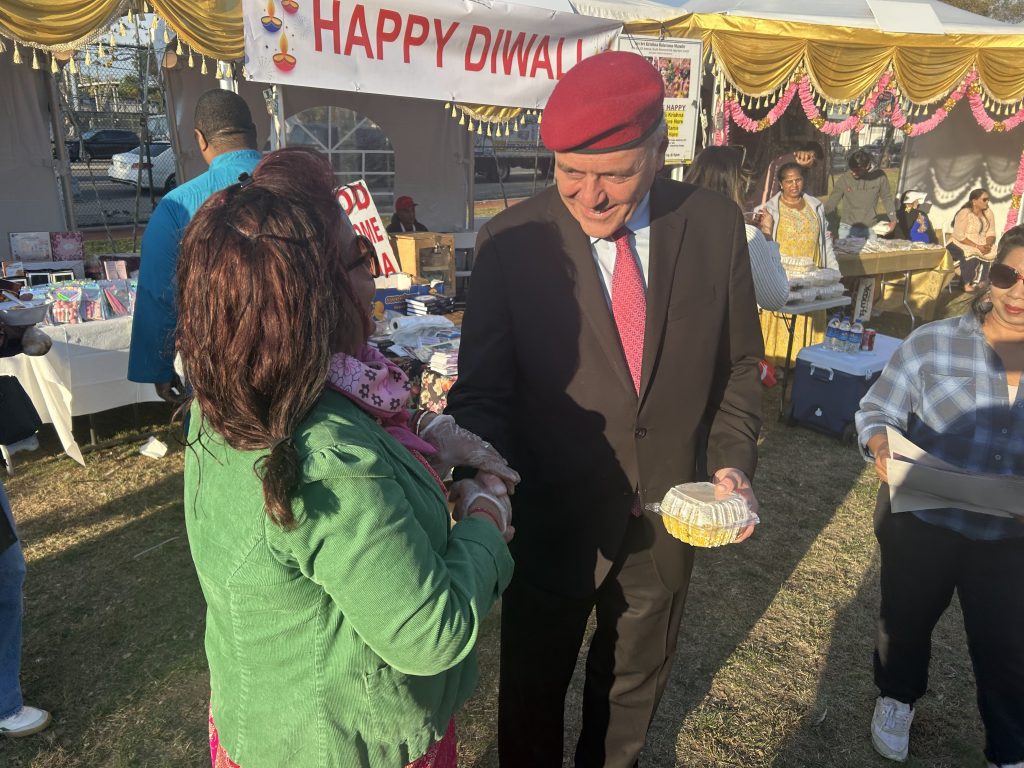New York City FC Finish 5th in East, To Play Charlotte in MLS Cup Playoffs
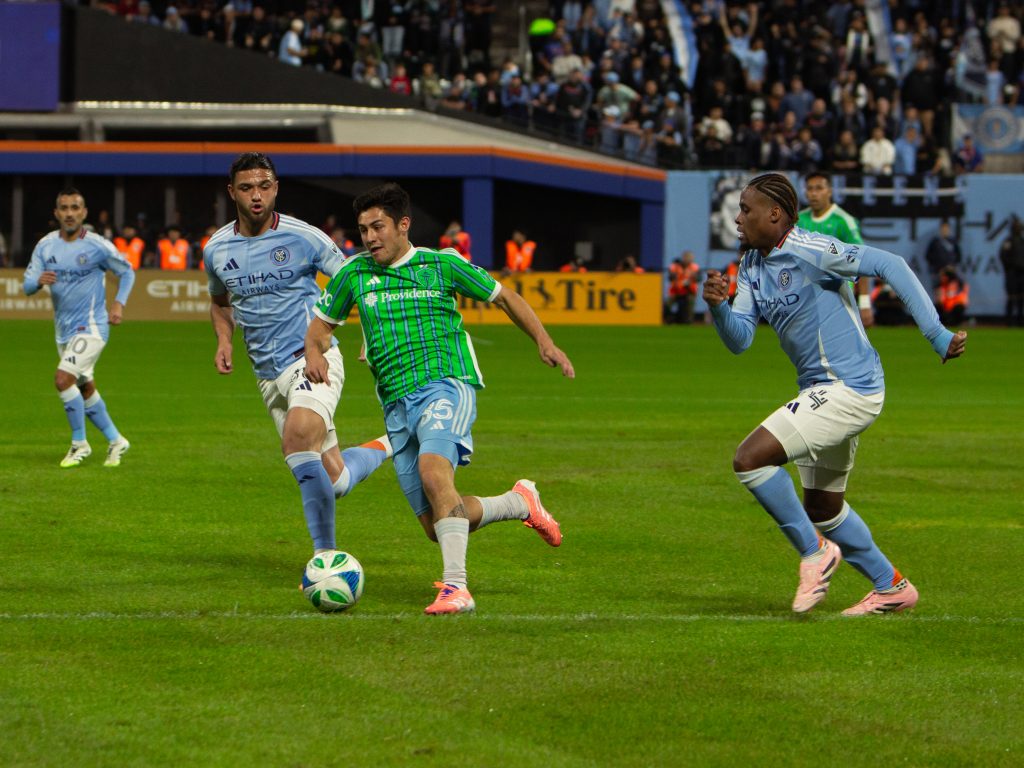
New York City FC fell at Citi Field to the Seattle Sounders on Decision Day, 2-1. (Photos: Noah Zimmerman)
By Noah Zimmerman
noah@queensledger.com
The Boys in Blue will enter the 2025 MLS Cup Playoffs as the 5th seed in the Eastern Conference following their loss to the Seattle Sounders and Miami’s win over Nashville SC on Decision Day last Saturday. They open the postseason on the road in Charlotte in a best-of-three first round series.
It was a difficult night in Queens for New York City FC, who welcomed Seattle to Citi Field for their final match in Flushing in 2025. NYC were unable to build decisive attacking chances, barely testing former MLS Cup MVP Stefan Frei in the Seattle goal.

Former MLS Cup Final MVP Stefan Frei wasn’t tested much in the Sounders net as he helped see out the 1-goal win.
The match was a physical one, but also tightly called by referee Chris Penso. While no goals were scored in the opening 45 minutes, three NYC players entered Penso’s book in stoppage time, as Kevin O’Toole, Justin Haak, and Matt Freese each received a yellow card.
In the second half, Seattle broke the deadlock from a set piece. Jordan Morris got his head on a ball from point blank range, tucking it into the net. The hosts immediately subbed on three players in Julian Fernandez, Agustin Ojeda, and Jonny Shore, now chasing an equalizer to salvage a point.
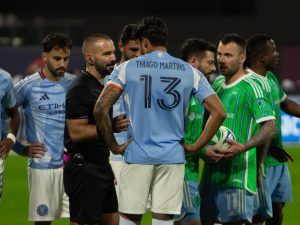
NYC captain Thiago Martins pleads his case to referee Chris Penso after a penalty was awarded to Seattle. The call was later overturned by VAR.
A more inspired NYC attack finally broke through with 8 minutes remaining. A shot by Nico Fernandez was nearly blocked, but the ball was redirected into the Sounders net, with nothing Frei could do to keep it out.
Even though they were locked into the West’s #5 seed, Seattle fought hard to regain the advantage. Once again they were able to take advantage of a controversial call (or rather this time a no-call) and scored another header in the 87th minute, this time from Jackson Ragen.
Suddenly, NYC’s playoff seeding was out of their hands, as the final whistle blew soon after the Sounders’ second goal. Luckily they were saved by Lionel Messi, who completed a second half hat trick to defeat Nashville SC and keep New York City in the East’s 5th seed.
With the standings final, New York will visit 4th place Charlotte FC in the opening round. With Miami’s win over Nashville, the two sides will face off again as the 3rd and 6th seeds. FC Cincinnati will take on the Columbus Crew in a playoff edition of the “Hell is Real” Derby, while Supporters Shield winners Philadelphia await the winners of the Wild Card match between Chicago and Orlando.
The first round matchups will be a best-of-three series, with the top seed hosting the first match and the final game if necessary. NYC will head to Charlotte on Tuesday, October 28 for Game 1 at 6:45pm. Then the sides will meet at Yankee Stadium for Game 2 on Saturday, November 1 at 3:30pm. The final game would be held back in Charlotte on Friday, November 7.
Charlotte will be without star forward Wilfred Zaha for the opening game as he picked up a red card in their final match against Philadelphia. Still, Charlotte holds the joint-best home record in the East, and will be difficult to beat twice in a series where they’d host two games.


